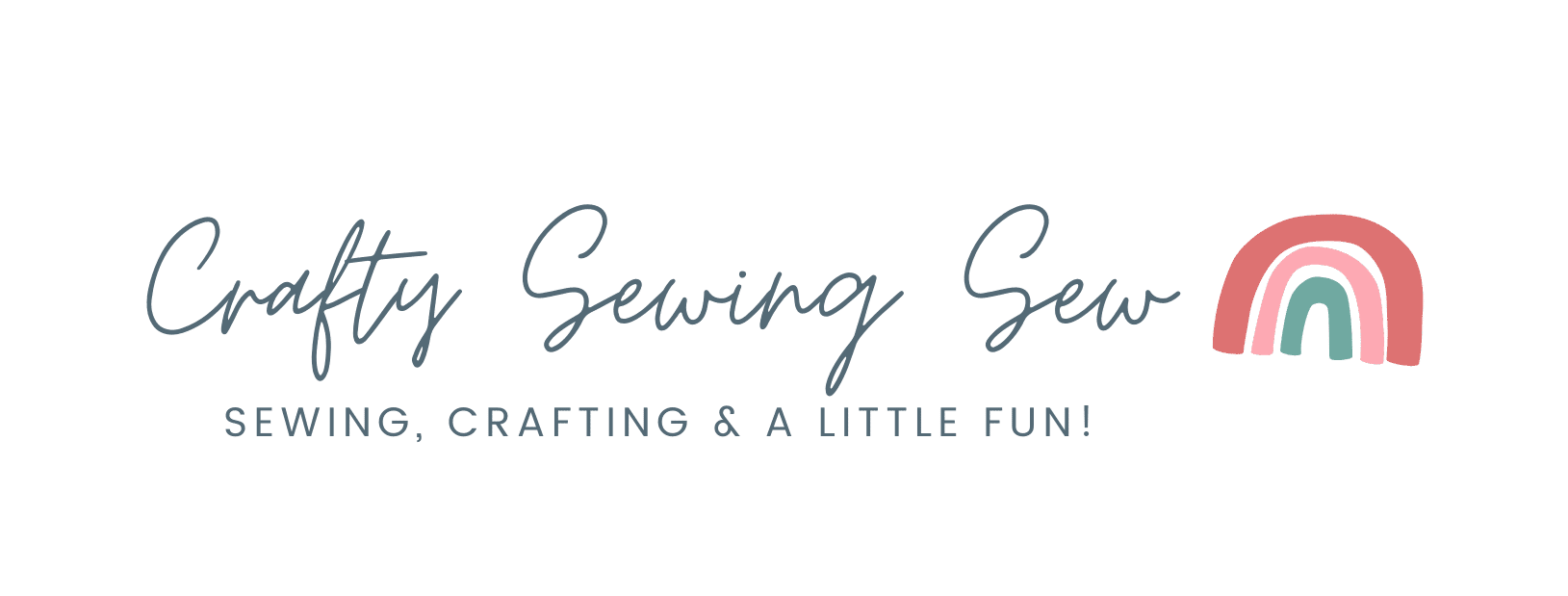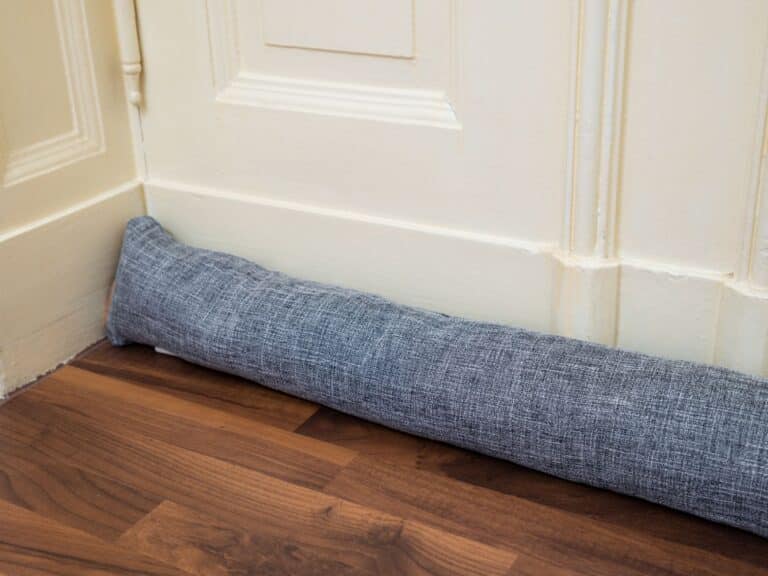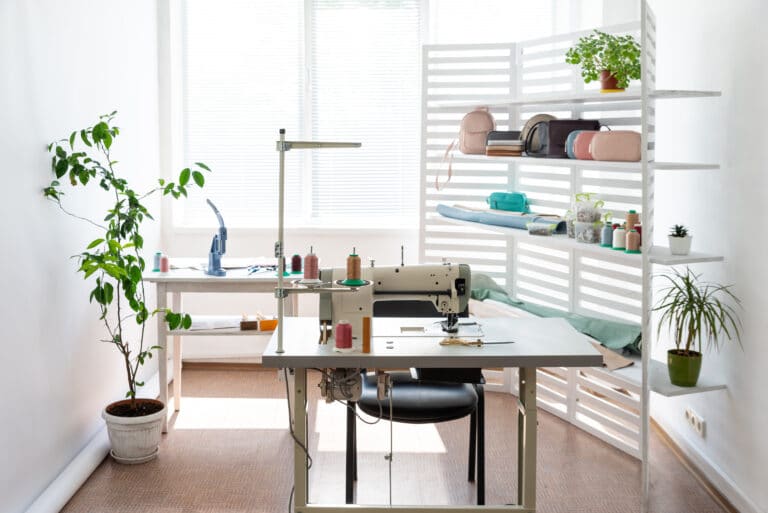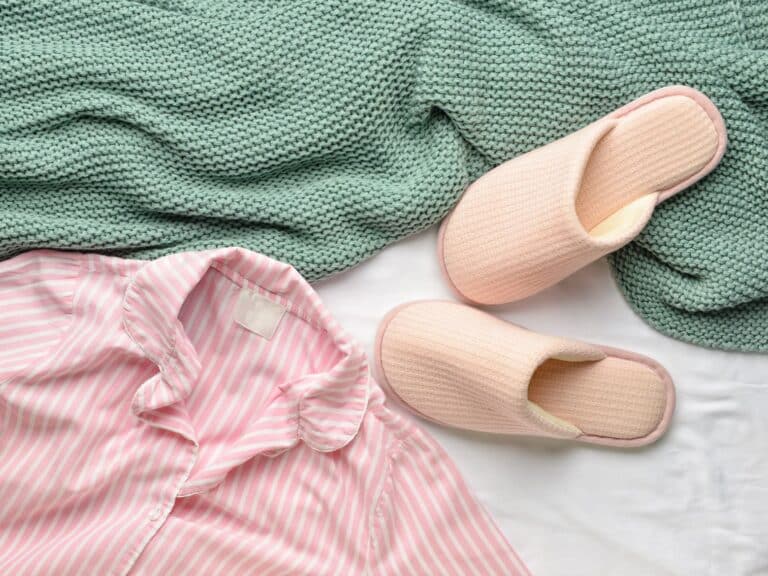How To Use A Seam Gauge (Makes Sewing Easy!)
Some of the links below are affiliate links. As an Amazon Associate I earn from qualifying purchases. This means that, at zero cost to you, I will earn an affiliate commission if you click through the link and finalize a purchase.
A Seam Gauge is an essential sewing tool used to make sure that the hems and seams in a clothing item are even.
If the hems and seams are even, the cloth is likely to fit the wearer properly and feel more comfortable on them. Using a seam gauge gives clothes a polished look and makes them have the appearance of something professionally made.
Also, seam gauges keep seams round, reducing the risk of them gaping open unexpectedly. While it is something some tailors or seamstresses might neglect, it makes a big difference in the final appearance of the cloth.
What Is A Seam Gauge?
This is a ruler that tailors and seamstresses use to measure the lengths on a piece of fabric. It has a special slider that is used to mark the desired measurement on fabric so the person working on it would have a point of reference when sewing, pinning or sewing a seam.
After prolonged usage, the slider might start to bend, in that case, the seam gauge would need to be replaced with a new one.
On most sewing patterns, there is something called a seam allowance. A seam allowance makes sure that when a fabric has been cut to a particular size, there would still be a space on it where it can be joined to another piece of fabric.
Sewing patterns specify their seam allowance so the person sewing would know how much of it they have to work with.
Once one knows the amount of seam allowance they have, they can set their seam gauge accordingly, making sure that seams have the right width.
Besides measuring seams, seam gauges are used to keep darts even by taking time to measure every one of them.
Although this is not the primary use of a seam gauge, it is important because if a cloth has uneven darts, it would look uneven and awkward, making all the work put into making it futile.
Also, seam gauges keep sewing straight and even on visible hems and seams so the cloth would have a fine appearance when finished.
There are plastic and metal seam gauges. Both types work the same way and any type you choose to buy depends solely on personal preference. The moving part of a seam gauge has a screw or a clip that keeps it in position.
Most times, they are not painted so that there would be no incident of paint rubbing off on the fabric while it is in use. Additionally, some gauges have a hollow midsection so tailors can use them as a guide for tailor’s chalk.
How To Use a Seam Gauge?
Firstly, find and hold down the right amount of fabric. Most sewing patterns list out the required amount of fabric in a guide. The only time you should deviate from this guide is if you would be making size alterations on a part of the cloth, such as the hem.
Line up the straight edge with the right measurement and let the top of the seam gauge be even with the folded part of the fabric.
Also, the top edge of the slider should be level with the edge of the part of the fabric that has been folded over.
The sliding marker on the seam gauge should be used to measure and mark depths on seam allowances, waistbands, and hems on clothes being worked on.
Also, the seam gauge can be used to establish the length and spacing for buttonholes and to mark out even placements of pleats and tucks.
4 Different Ways to Use a Seam Gauge
1. Hemming
Adjust the seam gauge’s slider to the desired length you want to take the hem up by.
Mark out a line on the wrong side of the fabric along the hem, and used it as a guide for your work.
2. Marking The Placement Of A Buttonhole
The seam gauge can help you find out how big you should make your buttonholes. Also, it would help you correctly measure the distance between one buttonhole and the other, making them even because doing them by mere eyesight would result in uneven spacing.
When marking out the needed points, use tailor’s chalk, or place the markings on the wrong side of the fabric to avoid defacing the cloth.
3. Marking the Right Place to Stop and Resume Sewing
A seam gauge can help one take note of the right place on a piece of fabric to start or stop sewing because it can be tricky to do so with mere eyesight.
Without its guidance, it is possible to sew a few centimetres more or less than what is intended, and one would have to cut away the excess thread and resew the fabric. This might cause the work to appear shabby. All that can be avoided by using the seam gauge.
4. Measuring Pleats and Tucks
Gently slide the marker on the seam gauge to mark out the space between the placement line and the fold line of the pleats and tucks.



